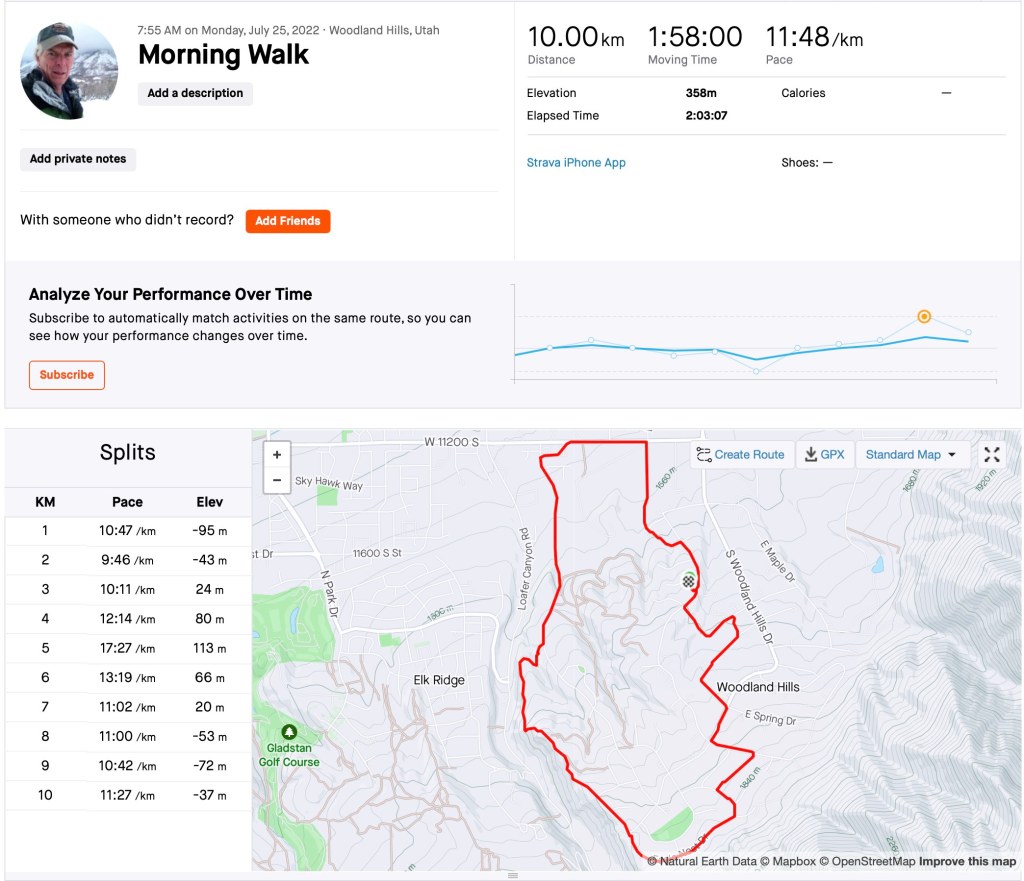
August 1, and the report on my sabbatical is due. My thanks to the Department Chair, Dean, Provost, and University President who authorized what policy requires in any case, even though following policy is not their strong suit. A formal report follows.
Handschmeichler
A Study of Mind/Body Relationships
ABSTRACT
The German word “Handschmeichler” means something that flatters the hand. For instance: a smooth, round rock flatters the hand that holds it and is thus a Handschmeichler. My interdisciplinary study of mind/body relationships through rock/hand interrelationships found that what flatters the hand simultaneously flatters the mind. This corroborates the theory encapsulated in the Latin dictum: mens sana in corpore sano, which translates roughly as “men in saunas have sane bodies.”
LITERATURE REVIEW
As do many of my students when beginning a senior thesis, my extensive research determined that no one has studied this subject before. I did find a single account of a person like myself who transported rocks up a hill day after day. The man’s name was Sisiphyus. I found this obscure information in a primary source written in ancient Greek and was able to translate it with the aid of Google Translate.
METHODOLOGY
A sabbatical year comprises 365 days. On 305 of those days I walked a route up and down the steep streets and outlying meadows of our small town—approximately 10 kilometers a day with @360 meters of altitude gain. Here a Strava documentation of a typical walk (data from all the walks available on request):

305 walks totaled @3050 kilometers and @3600 meters altitude gain. Average altitude over the course of the walks: 6100 feet above sea level. Average age of the subject during the walks: 72.
Purpose of the walks: to carry a Handschmeichler along the route, assessing the effects on mind and body.
At the end of each walk, a +, an =, or a — was noted in a notebook dedicated to the experiment. A + meant the experience was pleasant, uplifting, satisfying, tension reducing. An = meant there was no effect. A — meant that the experience had increased mental tension or had been unpleasant in any way.
An evaluation of mood several hours after a walk with a Handschmeichler was noted in the same notebook.
Attributes of the Handschmeichler (singular and plural are identical in this noun): smooth, relatively round, and of various sizes limited only by whether they fit into a hand.
Source of the Handschmeichler: the roadside, landscaping near the road, ravines, meadows, and deer trails.
Preservation of the Handschmeichler for reevaluation if needed:

RESULTS
305 +es. 0 =s. 0 —es.
Mood enhancement after a walk with a Handschmeichler: 305 +es.
Analysis of the results: It is good to carry a Handschmeichler while walking.
Note: Variables include the possibility that walking itself may enhance subsequent moods. This can be studied during a subsequent sabbatical.
Final note on several peripheral projects: two books were published during the year (Dwelling in the Promised Land as a Stranger and We (On Friendship)), and substantial progress was made on a book manuscript about the standing metaphor. None of these will be read as widely as the Handschmeichler. Because our administrators evaluate members of the faculty solely on the basis of SRI scores and negative comments, because their version of a “teaching university” is totally disassociated from what might be taught, the two and eventually three books will be ignored.
APPENDIX
Thoughts largely unrelated to the conclusions of the study on Handschmeichler:
With rocks in hand, I walked through meadows and along deer trails with weapons to fend off any wild turkeys, aggressive deer, wily coyotes, screeching magpies, drooling vultures, raked-antlered elk, or black bears I might encounter (and in fact did encounter, mostly absent the adjectives).
Searching for Handschmeichler on early stages of the walks, my attention was focused on the ground. Until I had smooth, round beauties in hand, I missed seeing the changing light, shifting clouds, new foliage on scrub oaks, and wildflowers, missed the sound of gobbling turkeys and calling quail, missed the scents of petrichor or baked earth, sage and douglas fir. Was it worth it? Readers will have to decide.

Well well and LoL . if truth be told, this is writing or typying of the first order. I totally dug this.
LikeLike
it pleases me to no end that you liked this!
LikeLike